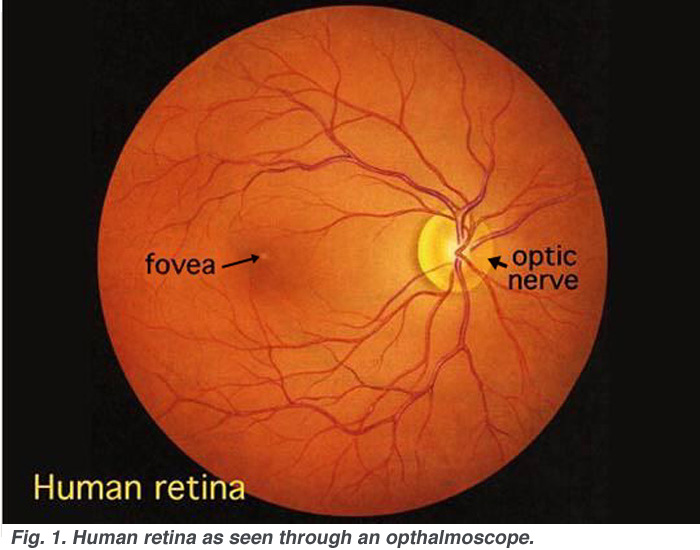

The above dark current formula won't work because DSLR cameras internally perform dark current subtraction i.e. The Read Noise comparison may be closer.Įdit: Added clarification to Dark Current calculation.Įdit2: Corrected Dark Current calculation.Įdited by jdupton, 14 September 2021 - 08:12 PM. The Dark Current comparison will quickly show you why the dedicated CMOS astro-Camera is better suited to long exposures. These two parameters will help you understand the differences between the two cameras. The median is found using the Statistics process.

Calculate Dark Current as (Dark_Rate * eGain)Īdded Clarification: For Dark_Rate, you actually use the Median of the PixelMath image result.This gives you Dark Current growth rate in terms of ADU/Second.Open PixelMath and enter the following equation.Take a Bias frame or take a bunch and generate a Master Bias.Use something like 15 seconds and 300 seconds. Take two Dark frames of widely differing exposures.You will need to look up the eGain for the DSLR using Google Searches. Calculate Read Noise as (eGain * Standard_Deviation) / SQRT(2)ĮGain can be found in the FITs header from most CMOS images.Point the Statistics process to the new Bias_Difference frame just created.Turn on Standard Deviation display by using the Wrench settings icon.

In PixelMath, enter the following equation electing to create a new frame: In PixInsight use the PixelMath and Statistics processes to find the Read Noise.There are a couple of parameters that can be directly measured on each camera for comparison, The two easy parameters are Read Noise and Dark Current.


 0 kommentar(er)
0 kommentar(er)
